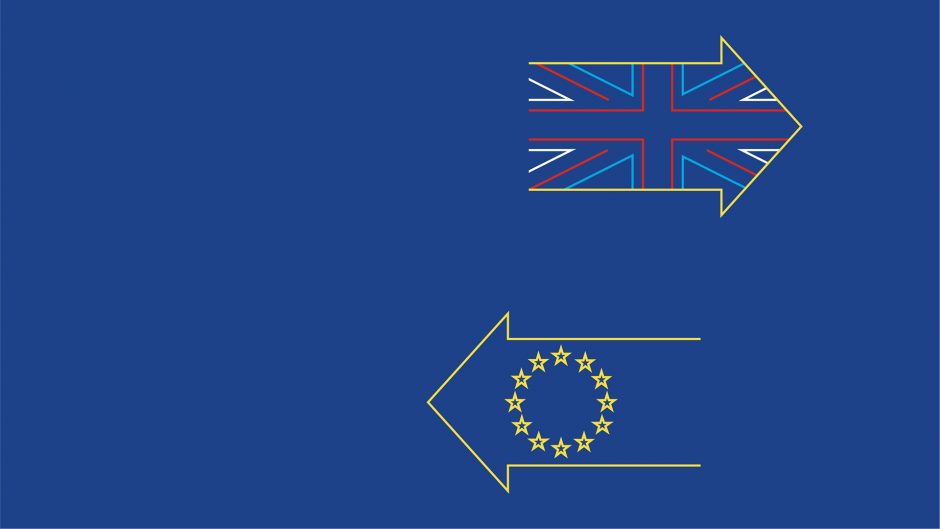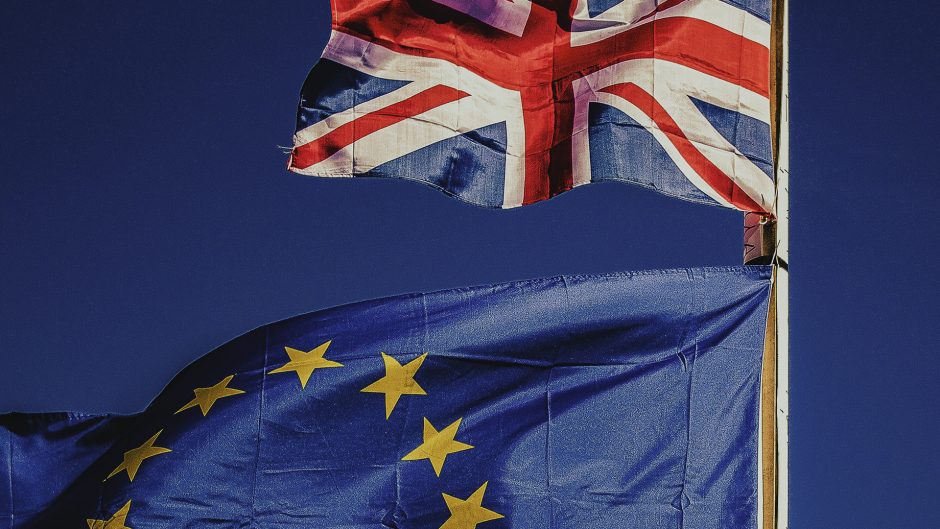At the beginning of October 2020, the European Securities and Markets Authority (ESMA) has updated its previous statements from March and October 2019 on its approach to the application of key provisions of MiFID II/MiFIR and the Benchmark Regulation (BMR) in case of Brexit. As the EU-UK Withdrawal Agreement entered into force on February 2020 and the UK entered a transition period (during which EU law still applies in and to the UK) that will end on 31 December 2020, these statements needed to be revised.
This Blogpost highlights the updated ESMA approach on third-country trading venues regarding the post-trade transparency requirements (MIFID II/MiFIR) and the inclusion of third country UK benchmarks and administrators in the ESMA register of administrators and third country benchmarks (BMR).
MiFID II/MIFIR: Third-country trading venues and post-trade transparency The regulations of MiFID II/MiFIR provide for post-trade transparency requirements. EU investment firms which, for their own account or on behalf of clients, carry out transactions in certain financial instruments traded on a trading venue, are obliged to publish the volume, price and time of conclusion of the transaction. Such publication requirements serve the general transparency of the financial market. As ESMA has already stated in 2017, post-trade transparency obligations also apply where EU investment firms conduct transactions on a third country trading venue.
By the end of the transition period on 31 December 2020, UK trading venues will qualify as third country trading venues. Therefore, if an EU investment firm carries out transactions via a UK trading venue, it is, in general, subject to the MiFID II/MiFIR post-trade transparency obligations.
However, EU-investment firms would not be subject to the MiFID II/MiFIR post-trade transparency requirements if the relevant UK trading venue would already be subject to EU-comparable regulatory requirements itself. This would be the case if the trading venue would be subject to a licensing requirement and continuous monitoring and if a post-trade transparency regime would be provided for.
In June 2020, ESMA published a list of trading venues that meet these requirements. While the UK was a member of the EU and during the transition period, ESMA did not asses UK trading against those criteria. However, ESMA intends to perform such assessment of UK trading venues before the end of the transition period. Transactions executed by an EU investment firm on a UK trading venue that, after the ESMA assessment, would be included in the list, will not be subject to MiFID II/MiFIR post-trade transparency. In this case, sufficient transparency requirements would already be ensured by the comparable UK regime. However, any transactions conducted on UK trading venues not included in the ESMA list on EU-comparable trading venues will by the end of the transition period be subject to the MiFID II/MiFIR post-trade transparency rules.
BMR: ESMA register of administrators and third country benchmarks
Supervised EU-entities can only use a benchmark in the EU if it is provided by an EU administrator included in the ESMA register of administrators and third country benchmarks (ESMA Register) or by a third country administrator included in the ESMA Register. This is to ensure that all benchmarks used within the EU are subject to either the BMR Regulation or a comparable regulation.
So far, UK administrators qualified as EU administrators and have been included in the ESMA Register. After the Brexit transition period, UK administrators included in the ESMA register will be deleted as the BMR will by then no longer be applicable to UK administrators. UK administrators that were originally included in the ESMA Register as EU administrators, will after the Brexit transition period qualify as third country administrators. The BMR foresees different regimes for third country administrators to be included in the ESMA Register, being equivalence, recognition or endorsement.
“Equivalence” must be decided on by the European Commission. Such decision requires that the third country administrator is subject to a supervisory regime comparable to that of the BMR. So far, the European Commission has not yet issued any decision on the UK in this respect. Until an equivalence decision is made by the European Commission, UK administrators therefore have (only) two options if they want their benchmarks eligible for being used in the EU: They/their benchmarks need to be recognized or need to be endorsed under the BMR.
Recognition of a third country administrator requires its compliance with essential provisions of the BMR. The endorsement of a third country benchmark by an administrator located in the EU is possible if the endorsing administrator has verified and is able to demonstrate on an on-going basis to its competent authority that the provision of the benchmark to be endorsed fulfils, on a mandatory or on a voluntary basis, requirements which are at least as stringent as the BMR requirements.
However, the BMR provides for a transitional period itself until 31 December 2021. A change of the ESMA Register would not have an effect on the ability of EU supervised entities to use the benchmarks provided by UK administrators. During the BMR transitional period, third country benchmarks can still be used by supervised entities in the EU if the benchmark is already used in the EU as a reference for e.g. financial instruments. Therefore, EU supervised entities can until 31 December 2021 use third country UK benchmarks even if they are not included in the ESMA Register. In the absence of an equivalence decision by the European Commission, UK administrators will have until the end of the BMR transitional period to apply for a recognition or endorsement in the EU, in order for the benchmarks provided by these UK administrators to be included in the ESMA Register again.
Brexit, still great uncertainty
Currently, the whole Brexit situation is fraught with great uncertainty due to the faltering political negotiations. The updated ESMA Statement contributes to legal certainty in that it clearly sets out the legal consequences that will arise at the end of the transition period. This is valuable information and guidelines for all affected market participants, who must prepare themselves in time for the end of the transition period and take appropriate internal precautions.




